What Are Data Silos?
A data silo is the collaboration of data that belongs to the teams in management that is available to the other members or teams in the same organization. A management composed of distinct departments, and all section work with varying data, which can preserve in separate locations is referred to as silos. With the maximizing supply and climate of data, the silos consistently grow.
How Does Data Integration Work?
The most generally used data integration models rely on the obtain, transfer, and load process.
Extract: Data is relocated from a source system to a temporary staging data restored where it is cleaned, and the quality is ensured.
Transform: Data is infrastructure and changed to match the target source.
Load: The structured data loads into a data warehouse or another restore object.
After the information is combined, data is evaluated and loaded, providing business users with the information they need to make informed decisions.
Why Does Data Integration Matter?
Integrating all the data helps your companies on the three primary the crucial levels. Minimizes the overall expenditure on data management, diminishes the time financial on data combination and manufactures a seamless user experience.
A typical example used here is that a business has been gathering data for an extended period but hasn’t been incorporating its data. Without united data, companies have to log into or collect data from various accounts, sites, and applications to create a simple report.
In many examples, companies might have several connections, a few bricks and mortar, and also an online platform. The battle might be one but there cloud be several equipped. In such examples, it is hard to monitor the track of the warehouse and also the outfit without any proper data consumption tool. There might be a loss of communication between the request and the supply chain.
Why Are Your Companies Unable To Control Extensive Data, And What Does Data Integration Do To It?
Some companies deal with vast amounts of data, say, gigabytes every second. Controlling these large volumes could be a stern test, but the actual time is handling millions of divisions of small information. Might internet businesses like Facebook and Google face such errors as they control billions of searches, respectively? In such examples, it is impossible to consume and observe analytics daily without a device. Sample records are the data that can be explored, which might not be correct but provides an overall look.
1. Data Security Regulatory Compliance Errors
Data silos can make it a problem to organize high stages of security and return complaints with multiple regulatory guidance. You might think that classification makes business data safer, but the opposite is usually true. If you have workers storing documentation, spreadsheets, and other interior data on individual tools instead of shared storage, it provides cybercriminals more targets to aim for. Because data silos make it a problem to track who has a passage to what, it also makes it hard to follow data privacy laws.

2. Supports Reliable Pipeline
In modern ETL procedures, you decide whether to transfer data after or before loading it to the target data battle or both. For example, you may harness the power of cloud-based data battle for tasks such as joins and complex calculations, and then achieve enrichment and privacy during runtime. Adopting your data pipeline to make the most sense for your needs ensures high performance, especially for advanced data schemes such as company intelligence, artificial intelligence, and machine learning.
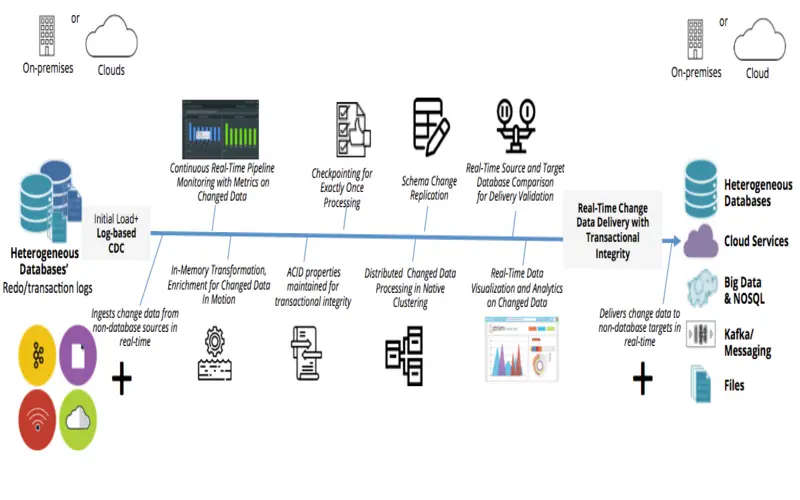
3. Offers Numerous Integrations
Your ETL solution must associate readily with all of the applications your management uses. Look for a solution that allows for integration with the principal cloud data battle offered, as well as access to a comprehensive list of ready-made data source attachments for use with cloud databases, SaaS apps, documents, and NoSQL sources. A general API for custom integrations is also a highly beneficial feature.
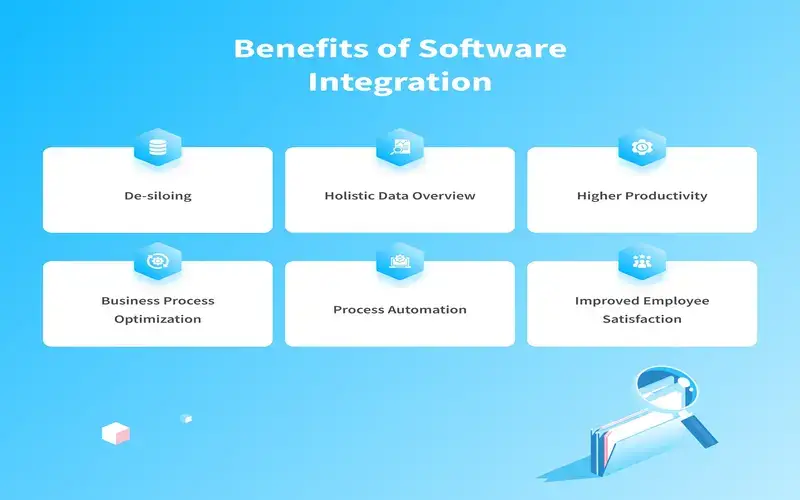
4. Involves A Built-in Job Scheduler
Use an ETL product or data packed with an integrated job scheduler. One facility of this function is that you don’t have to depend on a third-party source or other phenomena to launch your ETL jobs, so you can mainly organize your ETL job schedules, making procedures more straightforward to maintain, debug, and monitor. Another facility of having an integrated job scheduler is that you can take advantage of relativity management. Parent jobs can be anticipated to trigger child jobs. You can then turn duties into parts and reuse them, saving development time and making job organization much easier.
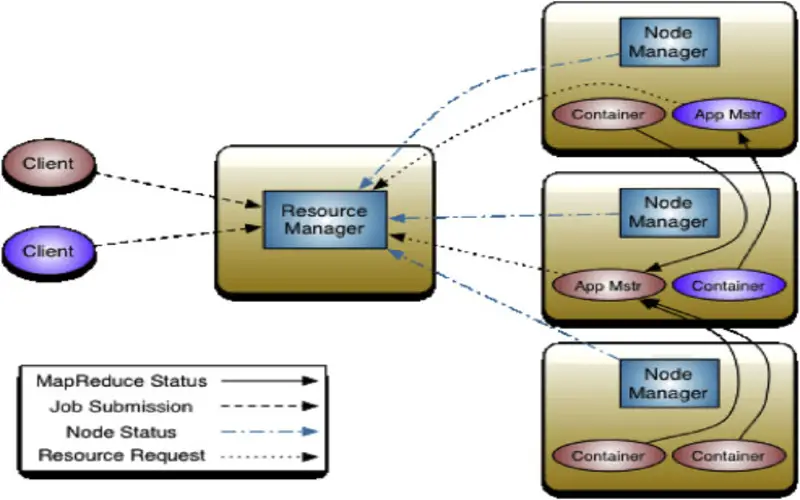
5. Remove Data Silos
The more information your management can share, the better it is to make plans and move forward with its aims. When you have data silos the free flow of data across the business is constrained since this means that the restoration of fixed data returns a single department handle and is isolated from the rest of the management. It becomes difficult as multiple fragmentation, which will ultimately prevent executives from looking at the big picture.
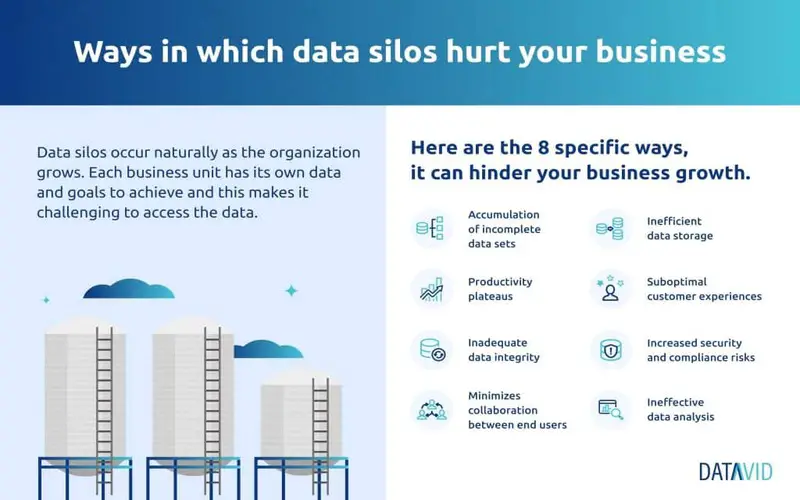
6. Data Aggregation
Integration services combine data from multiple sources, involving databases, apps, and exterior systems, into a centralized warehouse. This aggregation is essential for generating a united and continuous dataset.

7. Data Transformation
Data frequently exists in distinct formats and infrastructure. Combination services converted data into a traditional format, integrating it with the target system and assuring continuity and accuracy.

8. Device Lifecycle Organizations
Covers the whole device lifecycle involving software updates, features, provisioning, and discharging.
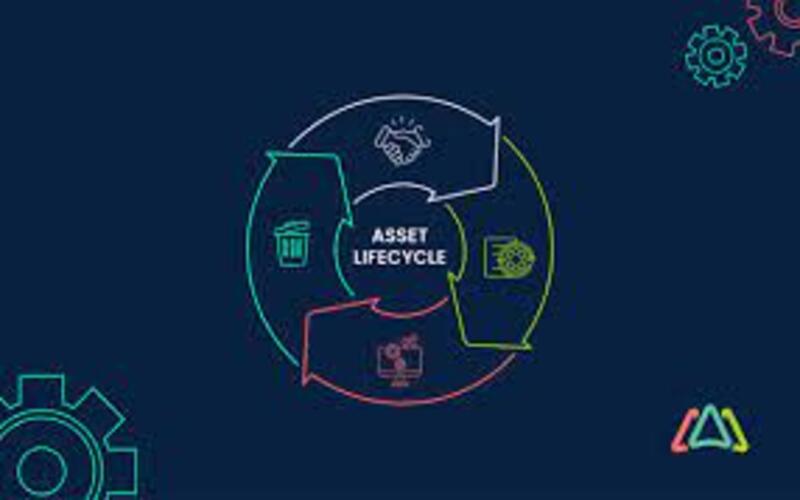
9. Data Protection
The field emphasises tough protocols for securing data in transfer and at rest, along with rigid device authentication of all wishlists adhering to traditions.

10. Scalability Adaptability
The field is designed to scale, and cooperate a maximizing number of devices and data streams, which is essential for developing industrial operations or roll-out at multiple sites.



















